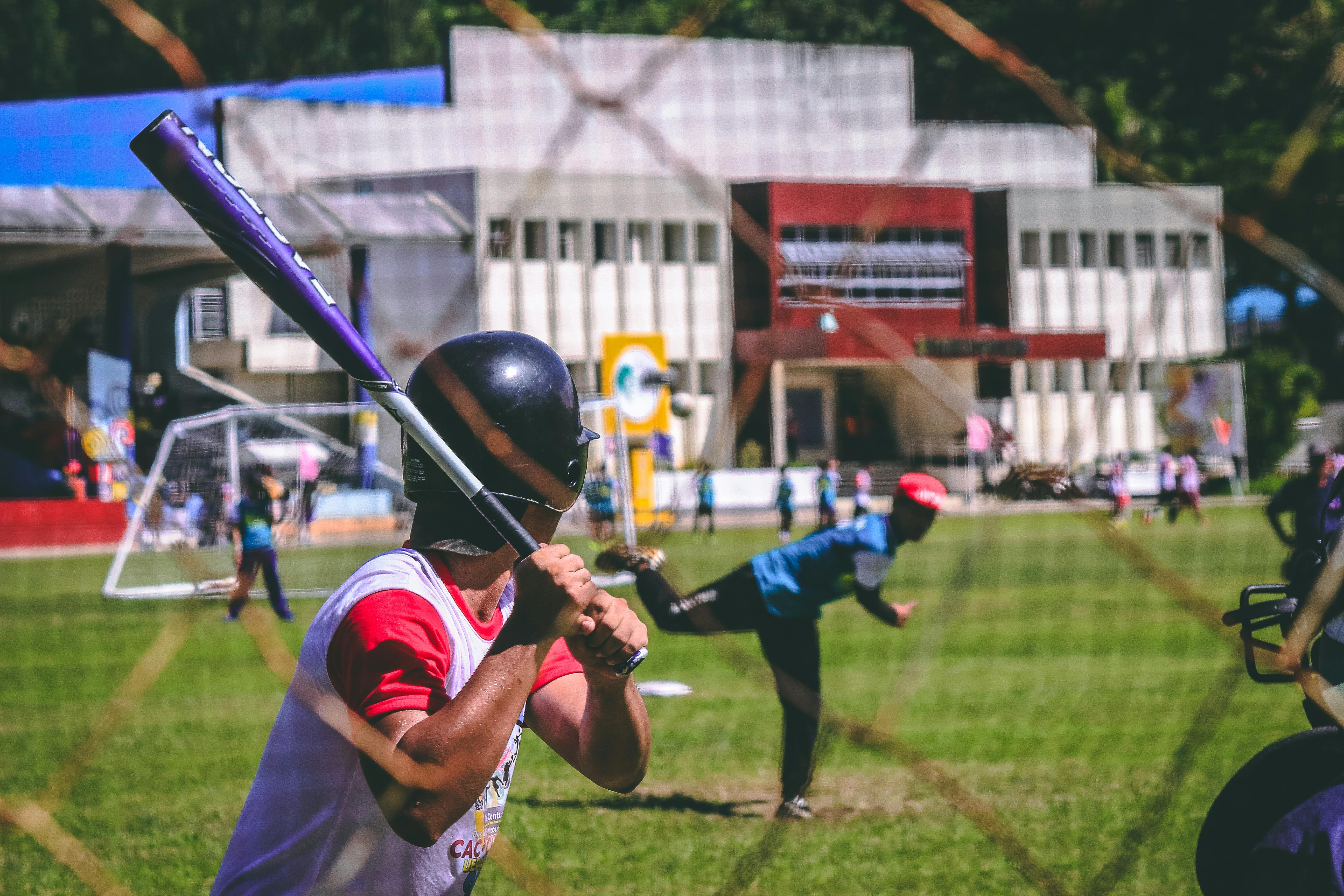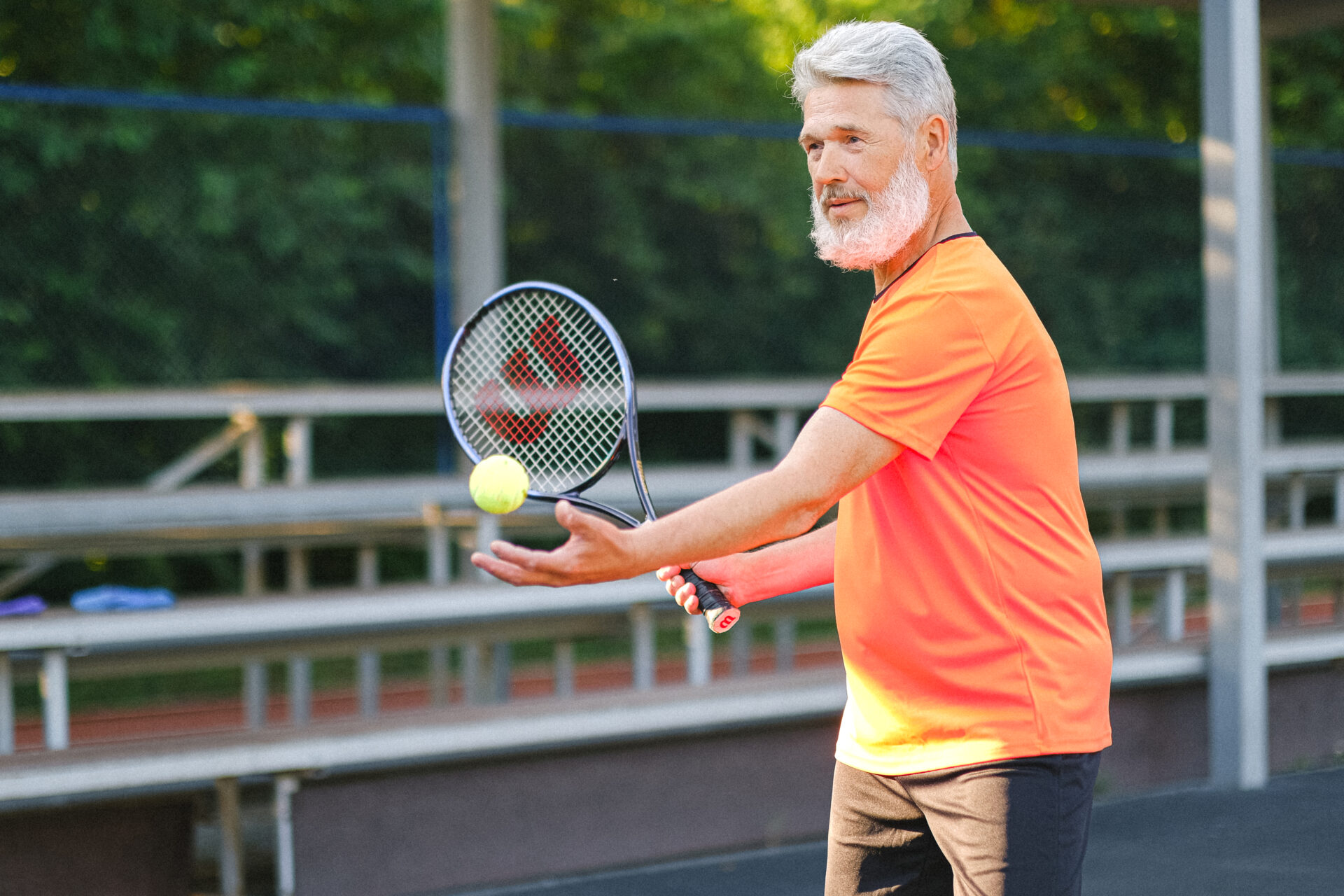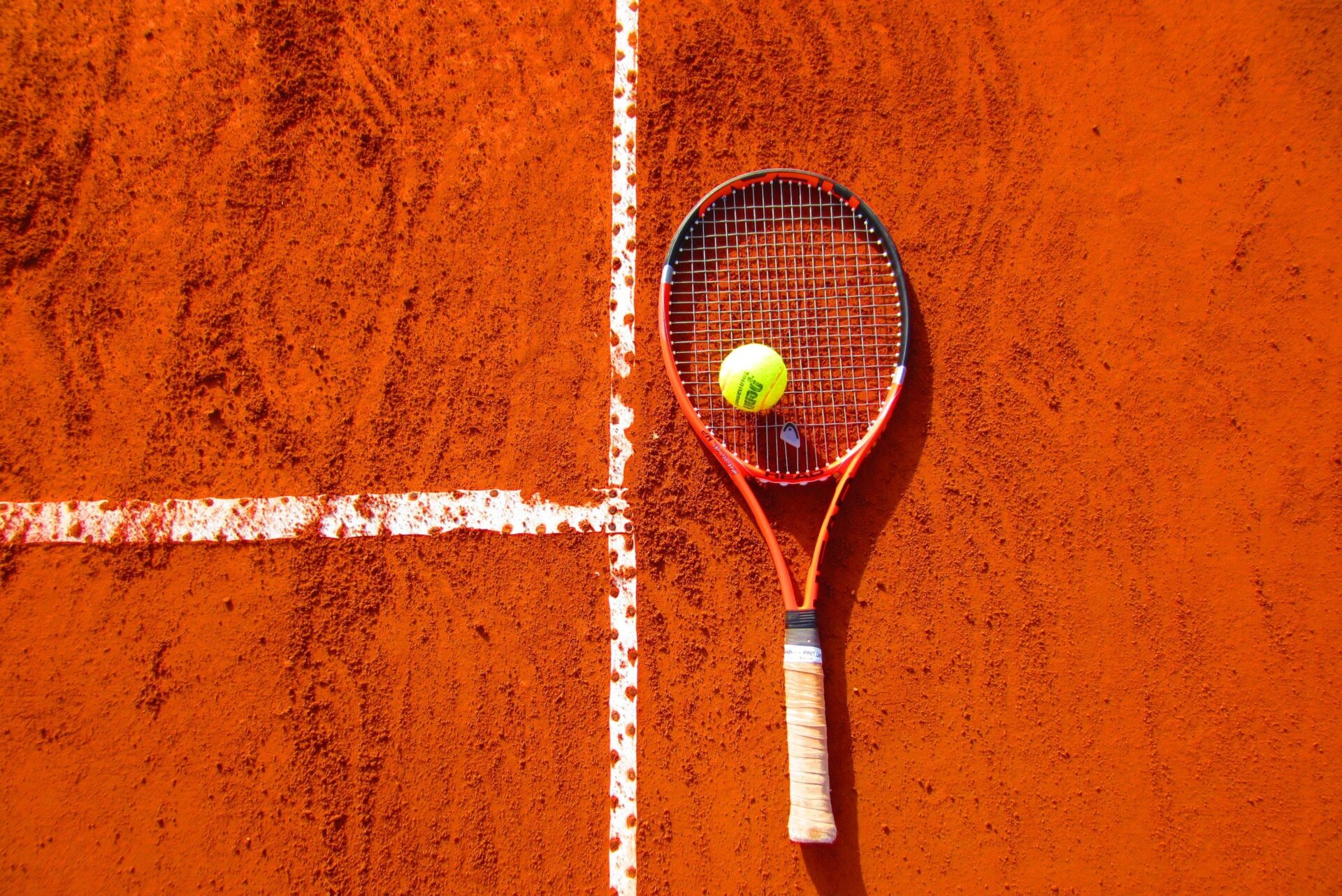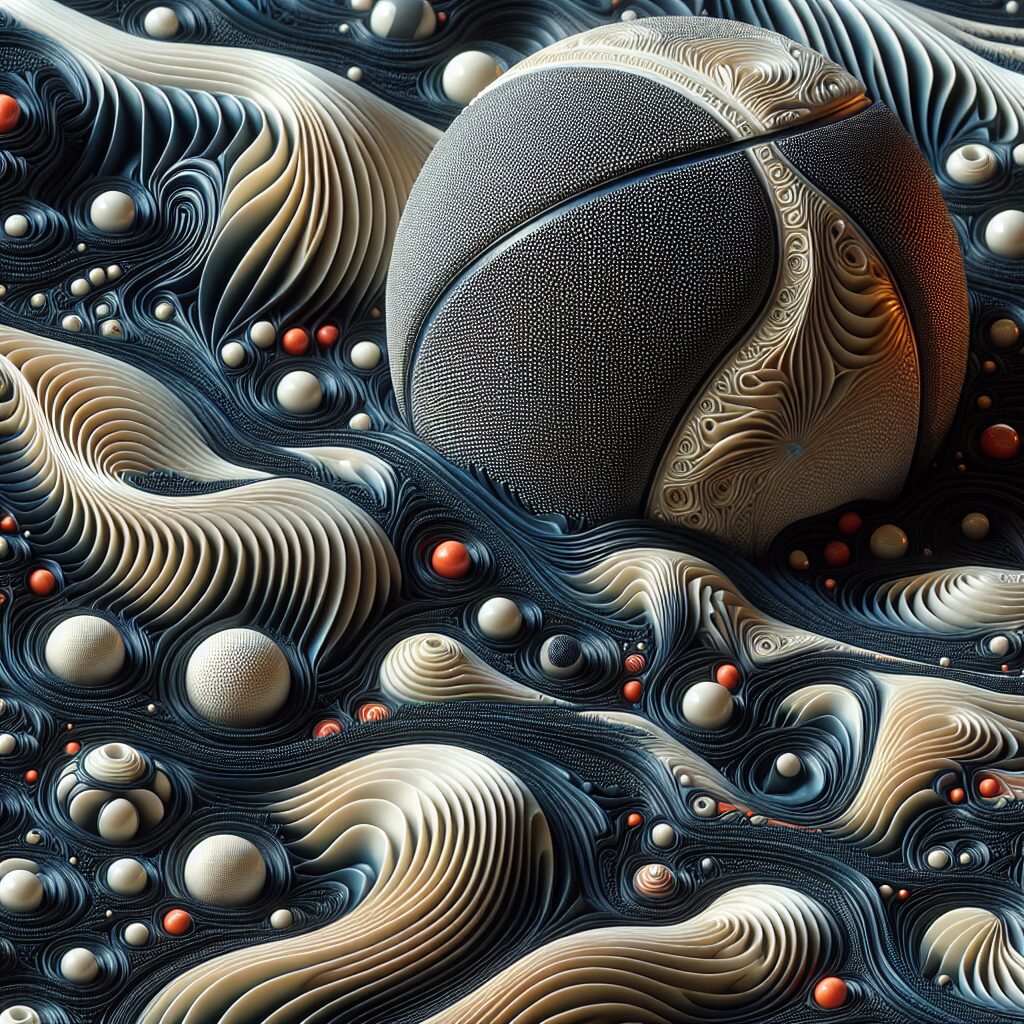Throwing a slider in wiffle ball is a great way to increase your pitching arsenal and keep opposing batters off balance. Sliders are deceiving pitches that can drop off the plate at the last second, making them difficult to hit. Learning how to throw a slider in wiffle ball will give you an advantage over your opponents. In this article, we’ll discuss the fundamentals of throwing a slider as well as tips for getting the most out of your pitch. With a little practice, you’ll be able to master the slider and use it to dominate on the mound!A slider in Wiffle Ball is a type of pitch that is thrown with an exaggerated side-arm motion. It is usually thrown slower than other types of pitches and has a lot of movement due to the corkscrewing motion of the ball as it travels toward the hitter.
Preparing To Throw A Slider
Throwing a slider is an important skill for any pitcher to master. Before throwing a slider, it is important to prepare both mentally and physically. Mentally, a pitcher should focus on the target and remain confident in their ability to throw the pitch. Physically, a pitcher must ensure that they have adequate warm-up time to get the arm loose and ready for the pitch. Additionally, they should establish a consistent grip on the ball that will allow them to repeatably throw an effective slider.
When preparing to throw a slider, it is important for the pitcher to select an appropriate speed at which to throw the pitch. Generally speaking, sliders are thrown slower than fastballs but faster than changeups. The ideal speed will vary depending on the pitcher’s arm strength and mechanics. For example, some pitchers may prefer throwing their sliders at lower speeds than others due to their individual mechanics or physical limitations.
The release point of a slider is also very important when preparing to throw it. To maximize effectiveness, pitchers must make sure they are releasing the ball at an appropriate height in relation to their target. If released too low or too high in relation to their target, the pitch will not be as effective as it could be as hitters will have more time to adjust accordingly. It is also important for pitchers to remember that sliders are meant to break late and not start breaking until they reach home plate, so aim for a release point slightly higher than you would with other pitches such as fastballs or curveballs.
Finally, when preparing to throw a slider make sure you focus on your body mechanics throughout delivery of the pitch. It is important for pitchers to keep their legs moving forward during delivery of the pitch and maintain good balance throughout delivery while also keeping the head still until after release of the ball. Doing these things will help ensure that you are able deliver an effective slider every single time you go out there on the mound!
The Grip For Throwing A Slider
It is important to have the right grip when throwing a slider. The grip for a slider is slightly different than that of a fastball or curveball, as it requires the pitcher to put extra pressure on the ball with their fingers. To begin, place your index and middle fingers on different seams of the baseball. Your index finger should be placed on the outside of the seam, while your middle finger should be placed on the inside. Make sure to keep your fingers spread out and apply pressure evenly across both seams. Next, curl your ring finger up against the side of the baseball and tuck your pinky in slightly underneath it. This will create a “C” like shape that helps give you better control over where your slider will go. Finally, put your thumb on top of the ball near where you’ve curled up your ring finger. Your thumb should be slightly off-center, and it should provide some additional support as you go to throw the pitch. With this grip in place, you can begin working on perfecting your slider throw.
Once you have mastered this grip, make sure to practice often so that you can become more comfortable with throwing sliders at any speed or angle. The more you practice, the easier it will become for you to control where each pitch ends up. Additionally, focusing on using proper mechanics and staying consistent with this grip will help ensure that each pitch is thrown accurately and with maximum velocity.
By mastering the grip for throwing a slider, pitchers can become more effective in their craft and gain an advantage over their opponents at any level of play. Through proper practice and repetition, any pitcher can learn how to throw a slider with accuracy and power.
Windup For Throwing A Slider
The windup for throwing a slider is one of the most important aspects of the pitch. It is important to keep the arm in a good position, and maintain a smooth motion throughout the entire delivery. To begin, stand on the mound with your feet shoulder-width apart and your toes pointing at home plate. Your right hand should be placed slightly behind your head and your body should be bent at the waist. As you begin your windup, extend your right arm straight out in front of you, while keeping it close to your body. When bringing your arm back, keep it close to the side of your body and keep it at shoulder-level as you rotate your hips and torso toward home plate. You should be bringing both arms forward as you drive through the pitch with your lower body. The goal is to keep everything as smooth and balanced as possible while maintaining control of the ball. Once you have completed this motion, bring both arms back down to their starting positions before releasing the ball toward home plate.
It is important to practice this motion often to ensure that you are executing it correctly with each pitch. With proper practice, you will find that throwing a slider becomes easier and more natural over time. By mastering this technique, you will be able to effectively control where the ball goes when thrown with a slider grip.
Releasing a Slider
A slider is an important pitch in a baseball pitcher’s arsenal. It is a breaking ball that moves horizontally away from the hitter. To throw a slider effectively, it is important to master the proper technique and release point for the pitch.
The correct release point for throwing a slider will depend on the individual pitcher, but there are some commonalities to consider. A good starting point is to keep the arm slot slightly lower than it would be for a fastball. This will provide extra movement on the pitch as it heads towards the plate.
It’s also important to make sure that all of the pitcher’s body parts are in sync when releasing the ball. For example, as the pitcher brings their arm back before releasing, their hips should already be turned and ready to move forward. This helps generate more torque and power behind each pitch.
Finally, when releasing a slider, it is important to make sure that the pitcher snaps their wrist at the correct moment. This will give last-second downward spin on the ball which will help it move laterally towards home plate. With practice and repetition, pitchers can develop a consistent release point for their slider which can lead to greater success on the mound.

Follow Through When Throwing A Slider
When throwing a slider, it is important to remember to follow through with your throwing motion. Following through correctly can help ensure that the pitch is thrown with maximum velocity and accuracy. When following through, the pitcher should keep their arm extended until their arm reaches its full extension and the shoulder is fully rotated. Doing so will help ensure that the ball has been released with maximum velocity and accuracy. Additionally, when following through the pitcher should make sure to keep their head up and look towards home plate. Keeping your head up will help you maintain good balance while throwing and will also allow you to see where your pitch is going.
It is also important to remember that following through does not mean pushing or jerking your arm back in an unnatural motion. Doing this can lead to potential injury or decreased velocity on the pitch. Instead, focus on keeping a smooth motion throughout your throw and ensuring that your arm is extended until it reaches its full extension. This will help you throw the slider with maximum velocity and accuracy while also avoiding any potential injury concerns.
Finally, it is important to maintain good posture when following through on a slider pitch. Good posture helps ensure that you are using proper mechanics when throwing and helps prevent any potential injuries from occurring due to poor form or technique. Make sure you stay tall throughout your throw, keeping your back straight and avoiding any unnecessary bending or twisting of your body during the motion. This will help ensure that you are getting maximum power out of every pitch while avoiding any potential injury concerns as well.
1. Not Using the Proper Grip
The grip is essential for any type of pitch, but it’s especially important when throwing a slider. If the grip isn’t right, the ball won’t spin correctly and it won’t have the desired break. The pitcher should hold the ball with his middle and index fingers on top of the seams and his thumb underneath. The fingers should be slightly spread to create an angle that will help impart a spin on the ball as it leaves his hand. If done correctly, this will create a sharper break on the pitch.
2. Not Rotating The Hand Enough
Once the proper grip is established, it’s important to rotate the hand as much as possible when releasing the pitch. This creates more spin on the ball, which makes it break more sharply. It also helps to ensure that the pitcher is controlling where he wants to throw it by adding movement to his pitches. To get maximum rotation, he should start with his palm facing down towards third base or home plate and then rotate his hand so that his palm faces outwards as he releases it.
3. Not Throwing With Enough Velocity
A slider needs to have some velocity behind it in order for it to be effective. If thrown too slowly, hitters can easily pick up on what kind of pitch is being thrown and adjust their swing accordingly. A good rule of thumb is to aim for around 15 mph faster than a pitcher’s fastball velocity when throwing a slider. This way, hitters won’t be able to pick up on what type of pitch was thrown until after they’ve made contact with it or missed altogether due to its sharp break.
4. Not Keeping The Arm Slot Low
A pitcher should keep his arm slot low when throwing a slider in order for it to have maximum movement and break off sharply at the plate. Keeping your arm slot low also helps keep your pitches away from hitters who are looking for something up in the zone that they can drive with authority. When done correctly, this will make your slider even harder for hitters to pick up on and hit effectively due to its sharp downward break at the plate
Practice Your Mechanics
The most important thing you can do to improve your slider in Wiffle Ball is to practice your mechanics and technique. Make sure you are using proper throwing form, including grip, arm motion, and follow-through. Work on repeating the same throwing motion each time and practice getting the ball to move in a consistent manner. This will help you become more accurate with your slider.
Focus on Your Release Point
Another important aspect of improving your slider is to focus on your release point. You want to make sure that the ball is released from the same spot each time so that it travels in a consistent path towards the plate. Working on this aspect of your game will help you command your slider better and make it more effective when you need it most.
Change Speeds
One way to make your slider even more effective is to change speeds with it. By varying how hard you throw the ball, you can catch batters off balance as they are unable to anticipate the pitch’s speed and direction accurately. This will help keep hitters guessing and give them less time to react when they’re up at bat.
Use Grips To Change Movement
You can also use different grips on the ball to change its movement when thrown as a slider. Different grips will cause the ball to move differently when thrown, so experimenting with different grips can help give your slider that extra edge over hitters. Try out different grips and practice throwing with them until you find one that works best for you and gives you maximum control over your pitches.
Mix Up Your Pitches
Finally, don’t forget to mix up your pitches when playing Wiffle Ball! Throwing multiple types of pitches will keep hitters off balance, giving them less time to adjust their swing accordingly. Try using a combination of fastballs, curves, change-ups, sliders, and knuckleballs for maximum results!

Conclusion
Throwing a slider in wiffle ball is a great way to keep your opponents guessing and get more strikes. It requires practice to master the technique, but when done correctly it provides a great advantage. To throw a slider, grip the ball with your index and middle fingers across the seams and snap your wrist as you release the ball. You want to add some extra spin to the ball by pushing against the side of it with your index finger. This will help create more movement on the pitch and make it harder for batters to hit.
Overall, throwing a slider in wiffle ball is an important skill that can greatly improve your game. With practice and dedication, you can become an expert at throwing this pitch and outsmarting your opponents.




